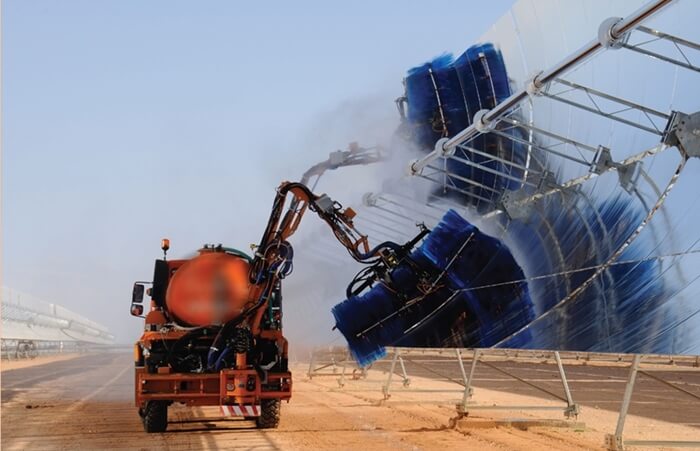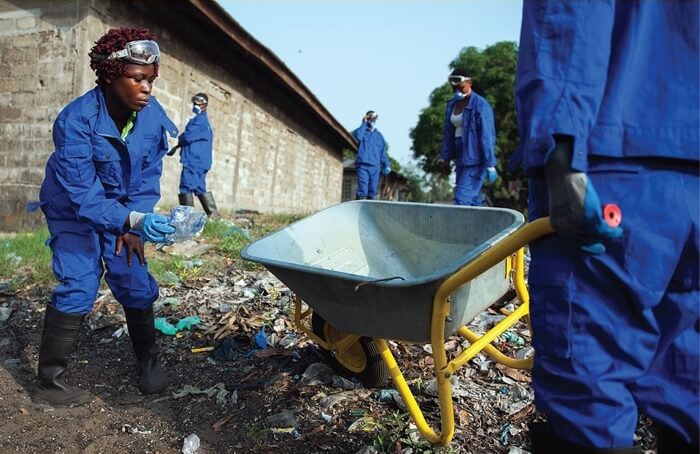Excerpt from the National Geographic
More than a decade after a powerful quake devastated Haiti in 2010, the region’s complex geology has sent the island into yet another spate of deadly convulsions. An intense magnitude 7.2 earthquake rocked Haiti in the morning hours of August 14, some 46 miles west of the 2010 event.
Both quakes are part of Haiti’s long history of shakes, which results from the island nation’s position at the edge of the slowly shifting Caribbean plate. The movements build stresses in a network of fractures that crisscross the island, which occasionally release pent-up stress in ground-rattling earthquakes. While the region’s quakes are not the most powerful in the world, their deadliness is magnified by Haiti’s abundance of concrete and masonry buildings that were not built to withstand earthquakes.
The full impacts from this latest event are not yet clear, but the quake likely wreaked havoc in communities that are already struggling from multiple pressures. The country is still recovering from the 2010 earthquake, which struck closer to the capital city Port-au-Prince, flattening many buildings and causing more than 200,000 deaths. It will take time for officials to determine how many people were killed in this latest event; early reports stand at at least 304, with at least 1,800 injured.

Island Innovation is a social enterprise and digital media company at the intersection of sustainable development and communications, offering specialised services across various sectors. We bring together the private sector, government, utilities, NGOs and universities to advance innovation for sustainability and prosperity in islands worldwide.















